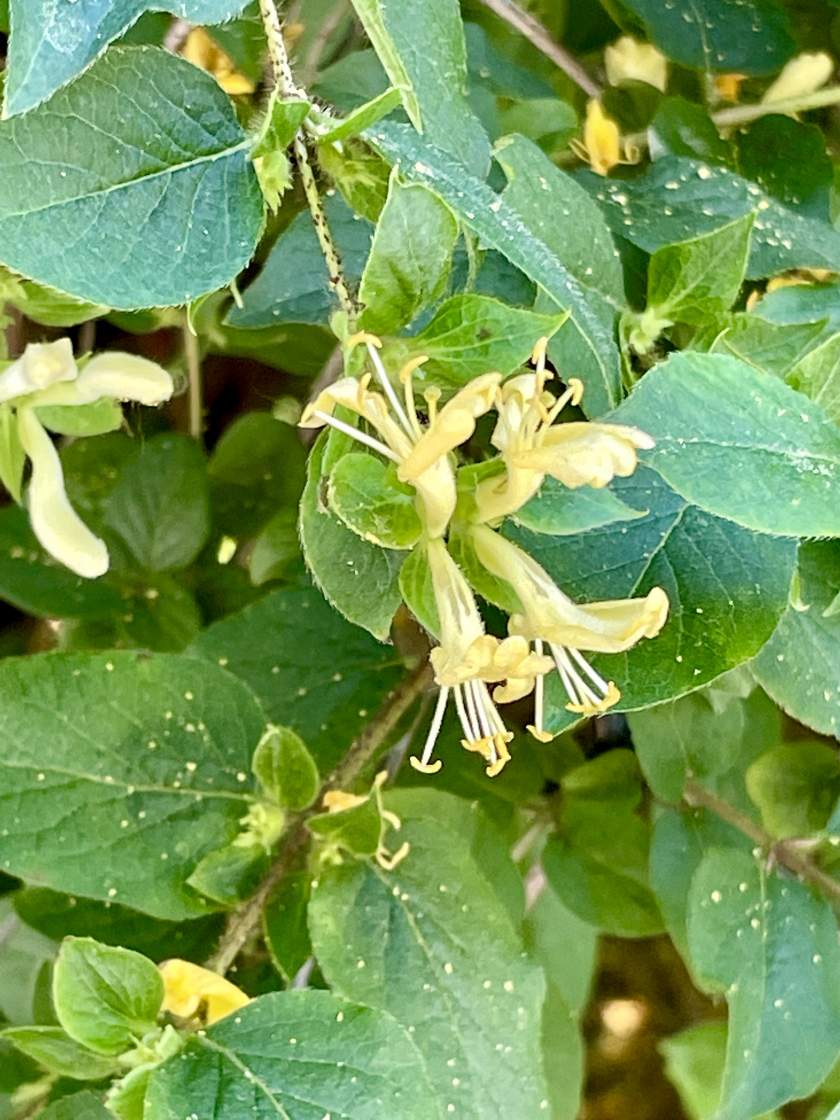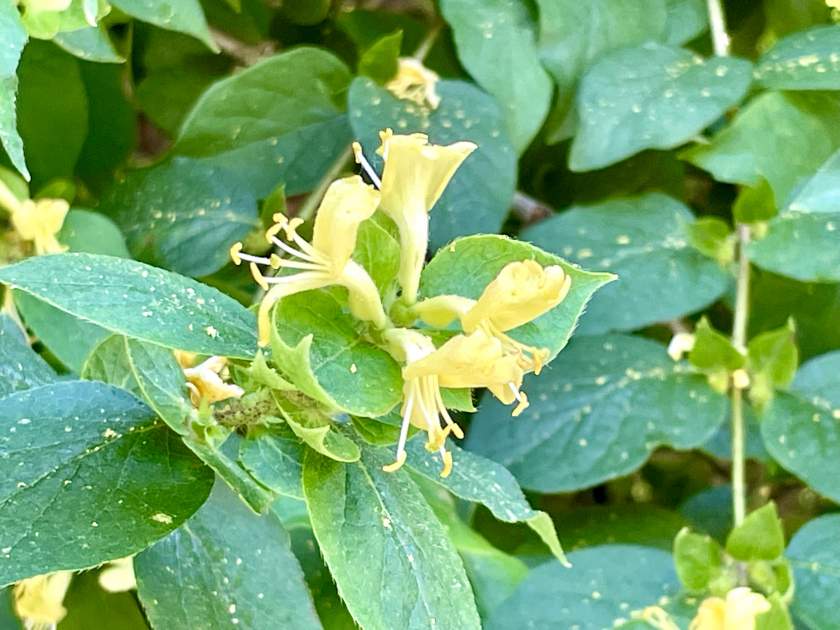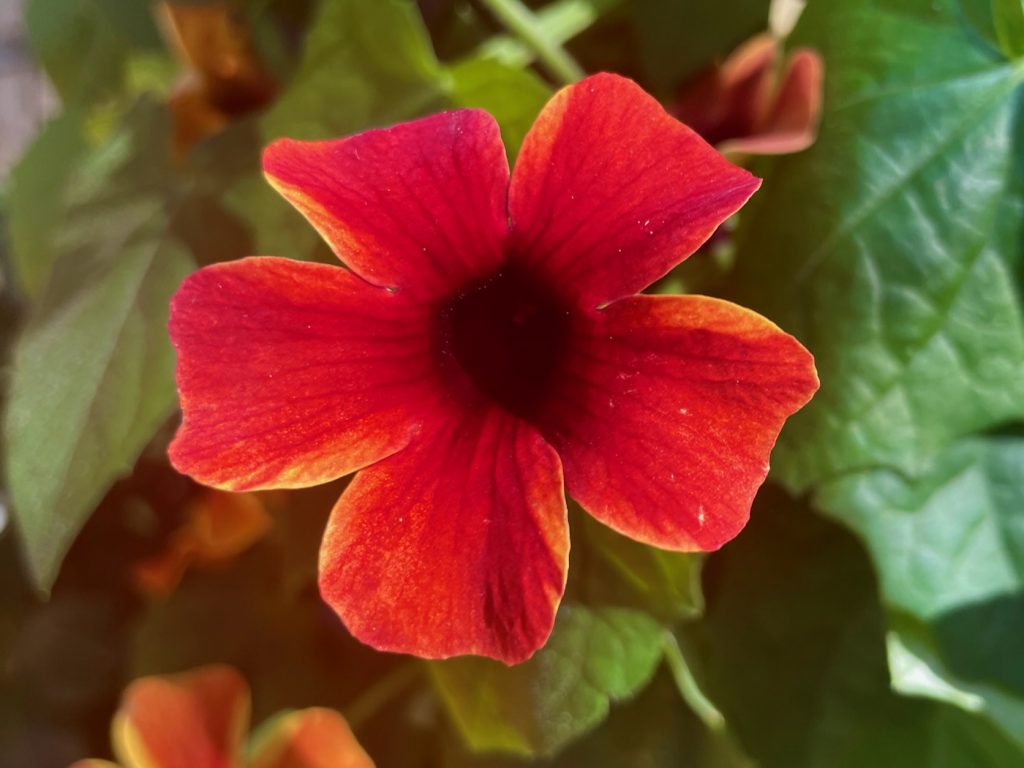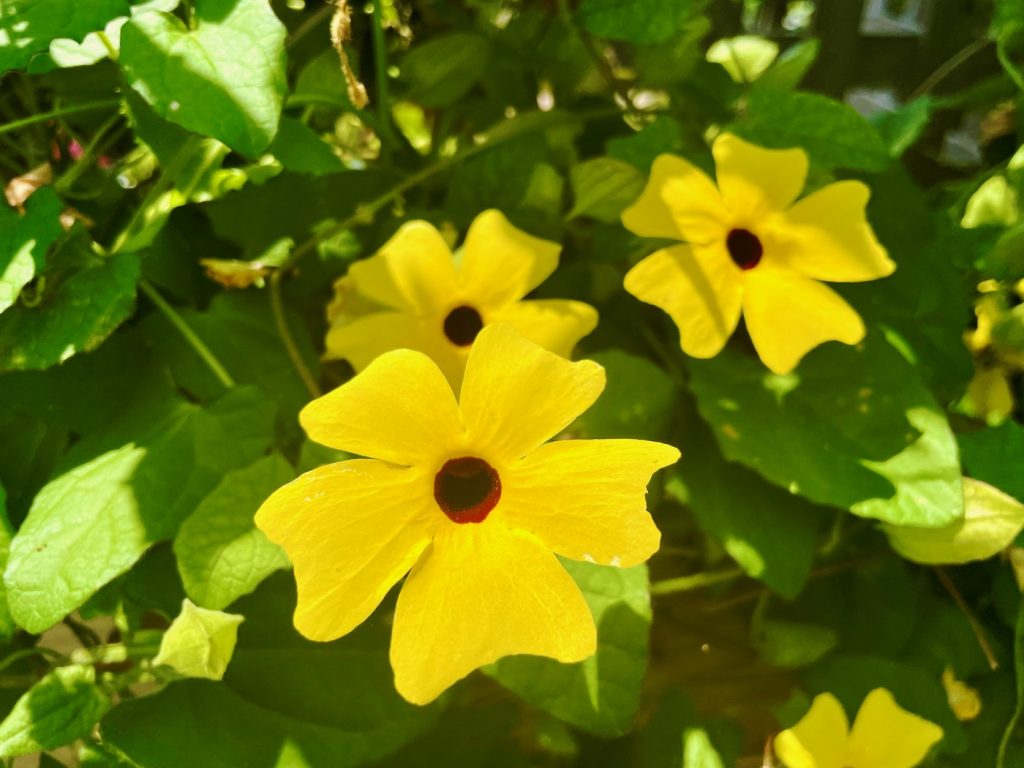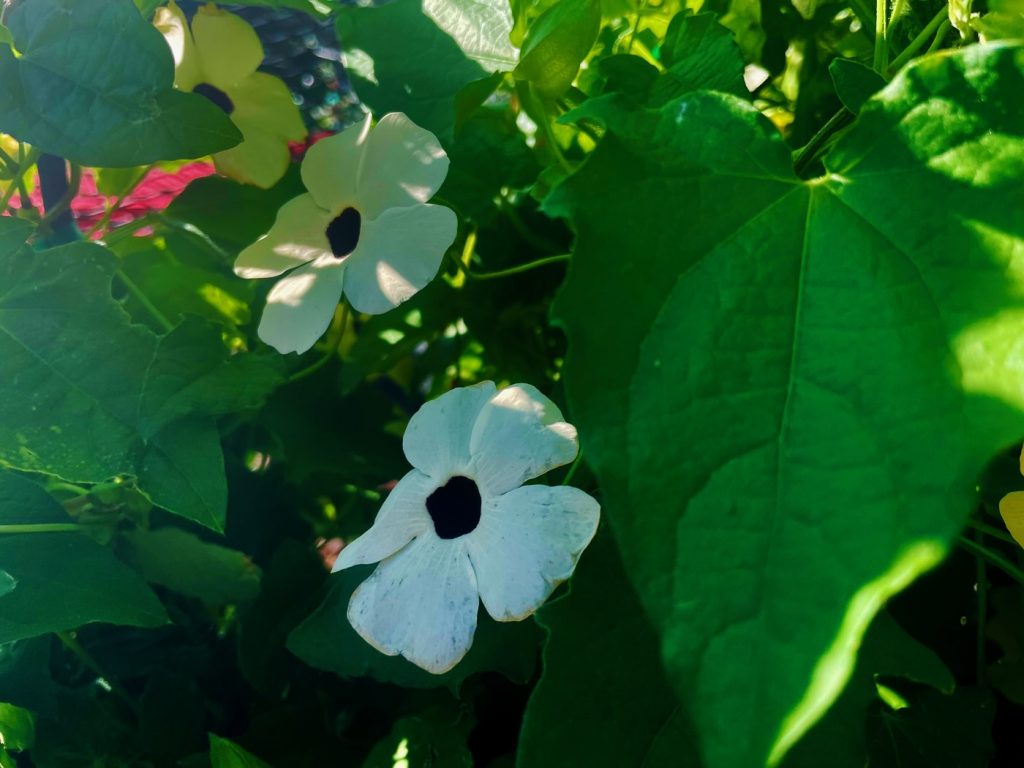Lonicera Ferdinandii: A Showy Deciduous Shrub with Yellow Trumpet-Shaped Flowers
Lonicera ferdinandii, also known as Lonicera Ferdinandi or Honeysuckle, is a robust deciduous shrub that adds beauty and vibrancy to any landscape. With its showy, yellow trumpet-shaped flowers and attractive foliage, this compact shrub is a popular choice for gardens and landscaping projects. In this article, we will explore the background, characteristics, and cultivation tips for Lonicera ferdinandii, providing valuable insights for gardeners interested in incorporating this stunning shrub into their outdoor spaces.
Background and Characteristics:
Lonicera ferdinandii belongs to the Caprifoliaceae family and is native to Mongolia and China. It was introduced in 1900 and has since become a remarkably distinct species known for its abundant flowering. This deciduous shrub displays a spreading, open habit, reaching a height of 8 or 9 feet and expanding even further in diameter over a few years.
The leaves of Lonicera ferdinandii are ovate, rounded, or heart-shaped at the base, measuring 1.5 to 4 inches in length and 0.75 to 1.75 inches in width. They feature a dull green color and are hairy on both sides and along the margins. Vigorous barren shoots of this shrub exhibit shield-like stipules that persist through the winter, turning brown, stiff, and brittle in the second year.
The yellow flowers of Lonicera ferdinandii bloom in pairs during early June. They are tubular and trumpet-shaped, with a bellied tube measuring approximately 1/3 inch in length and a diameter of 3/4 inch. Each pair of flowers is subtended by two leaflike bracts, and the ovaries are surrounded at the base by a cupula formed by the united bractlets. After flowering, Lonicera ferdinandii produces bright red fruits.
Cultivation of Lonicera Ferdinandii:
Sunlight: Lonicera ferdinandii thrives in full sun to partial shade conditions. It performs best when provided with at least six hours of direct sunlight per day.
Watering: This shrub prefers regular watering, especially during the first year after planting, to establish a strong root system. Once established, it becomes more drought-tolerant but will benefit from deep watering during periods of prolonged heat and dryness.
Soil: Lonicera ferdinandii grows well in moist, well-drained soil. It is adaptable to different soil types but prefers fertile soil with good drainage.
Pest and Disease Control: Lonicera ferdinandii is generally resistant to pests and diseases. However, it may be susceptible to powdery mildew in humid climates. To prevent or address this fungal infection, apply a suitable fungicide following the instructions on the label. Regular inspection and maintenance practices, such as removing fallen leaves and debris, can also help reduce the risk of pests and diseases.
Propagation of Lonicera Ferdinandii:
Softwood Cuttings: To propagate Lonicera ferdinandii through softwood cuttings, take cuttings in the spring or summer from new growth on the shrub. Cuttings should be approximately 3 inches long and have at least 2 nodes. Apply rooting hormone to the base of the cuttings and plant them in a well-draining potting mix. Maintain consistent moisture and provide a warm, shady environment. Within 4-6 weeks, the cuttings should develop roots and can be transplanted into larger containers or directly into the ground.
Air Layering: Air layering is another effective method to propagate Lonicera ferdinandii. Make a cut in the bark of a healthy stem about 1 inch below a node. Remove the bark from the area around the cut and wrap moist sphagnum moss around it. Secure the moss in place with plastic wrap, ensuring it remains consistently moist. After several weeks, roots will form. Once rooted, detach the stem from the parent plant and transplant it into a pot or the desired location in the garden.
By following these cultivation and propagation techniques, gardeners can enjoy the beauty and resilience of Lonicera ferdinandii. Its vibrant yellow flowers, attractive leaves, and compact size make it an excellent choice for various landscaping purposes, including standalone specimens, hedgerows, and mass plantings. With its low-maintenance requirements and versatility, Lonicera ferdinandii is a valuable addition to any garden or outdoor space.
